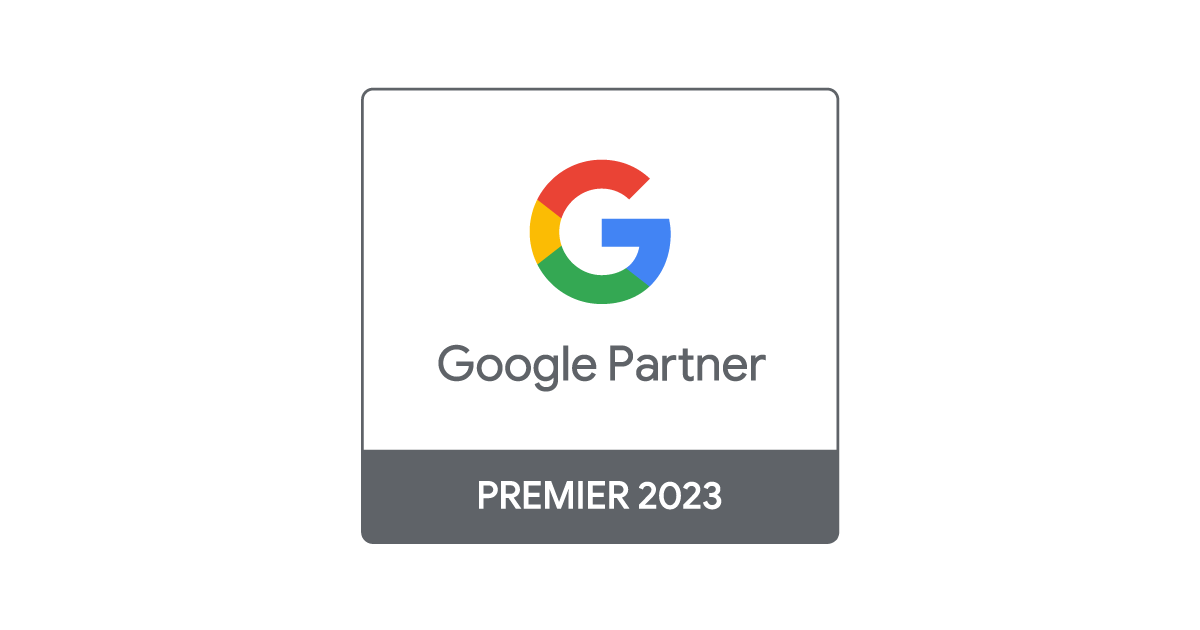If you are considering advertising on social media, it’s important to be sure you know what you want to achieve and get the most out of your advertising budget. There are several things to keep in mind when it comes to choosing an advertising strategy on social media.
Without a doubt Facebook is the best social media channel for reaching the highest number of people and at the same time, it allows us to impact specific audiences. Although Facebook has had its fair share of controversy regarding targeting and practices in recent years, it remains the top channel for reaching customers in social media. Organic post reach in Facebook is very low; they ensure your posts reach a limited audience, so it is a good basic rule to sponsor posts that are key to communicating your services, products and business. Facebook is the top “generalist” social media platform. With over 2.13 billion monthly active users, your mother, the postman and the British monarchy are all using Facebook.
When you are creating an advertising plan for Facebook, consider the targeting options the platform offers: especially options like look-a-like audiences (public based on a list of your existing clients, fans, app data or pixel) that impact prospects who are similar to your existing clients. Another powerful Facebook tool is retargeting (sometimes called remarketing): you can create a Facebook audience for your ads that consists entirely of people who, for example, have already visited your website. Since these people already “know” you, you can target them with more specific ads that respond to their preferences.
Finally, despite having an enormous user-base, Facebook offers a huge variety of segmenting options for your ads. You can choose who sees your ads based on country, city, post code, age, language, all types of specific interests, inclusion or exclusion based on various criteria (fans of your page for example). Combining what you already know about your existing customers and taking advantage of the targeting options Facebook offers, you can launch very specific ads to a group of users who are most likely to engage with them.
Instagram is the most visual of the big social media networks. It’s a place where users upload photos and video of daily moments with their mobile device. Instagram offers post ad formats in photo, carrusel and video as well as the possibility of publishing ads in the Story section where content disappears after 24 hours. Snapchat, the other top “youth” platform, is quite popular in the US, Canada, Belgium, the UK and Saudi Arabia, but Instagram has a solid 800 million monthly active users worldwide, and clearly wins as the most popular social media platform for image-heavy content. Since the platform is so visual, and now that links can be included in promoted posts, it is no surprise that all most all fashion and cosmetic brands as well as most celebrities active online can be found on Instagram. This channel has more female than male users, but is becoming more popular among men all the time.
Another interesting aspect of Instagram is that it is frequently updated with new features, compared to other social platforms. (When is the last time Twitter had an update?) Changes and new features in Stories are a constant, and allow for a more spontaneous and natural presentation for brands, something many companies value as they struggle to show their more “human” side. Instagram users are pretty open to following brands and they also investigate hashtags they’re interested in. Data shows that as brands we shouldn’t overuse hashtags in our posts, and for now, Instagram does not apply the hashtag search function to paid advertising,but this may change.
Instagram offers many segmenting possibilities, as its parent company is Facebook, but IG has a smaller user base so the number of users your chosen targeting will reach will be a bit smaller.
For sure if your product, service or brand benefits from photos or video prepped for rapid mobile consumption, Instagram is the ideal social channel to promote yourself on. It’s also an effective way to impact internet users between the ages of 18 – 49 years old.
Influencers
We’d be remiss to mention Instagram advertising without stopping to talk about advertising with influencers. Social influencers are especially powerful on Instagram, Snapchat and YouTube, the most visual of all the social platforms. There are however, important influencers in a variety of sectors on other social networks– take for example tech influencers on Twitter or business magnates on LinkedIn. If you want to promote your brand with an influencer, remember:
- Reach: Does this person really influence the kind of audience you are looking to target? Is he or she present on the social channels where your target audience really hangs out? Is the influencer relevant demographically to your target?
- Appropriate: Influencers are either famous people or they are known for having expertise in a particular area. Make sure that any collaboration you are considering makes sense: for example, you might find a better / more relevant option than Kim Kardashian to promote travel to Finland, but she might be worth the budget for your line of fake eyelashes.
- Transparency: Don’t forget that many countries already have legislation in place requiring that influencers reveal that they are being paid to promote a something or that they are receiving product in exchange for talking about a brand and it’s products.
- Mutual benefit: Unlike traditional digital advertising, influencers are real people: they worry about their image, the opinions of their followers, etc. So a social influencer will want to make sure that your business, products and brand are in like with their online presence, and if they don’t align you probably won’t manage to arrive at an agreement that is satisfactory to all parties involved.. Any collaboration should be mutually beneficial.
LinkedIn is the best channel for professional networking and offers excellent targeting based on work life. For this reason, LinkedIn is the ideal place for B2B social advertising. LinkedIn offers campaign targeting and segmentation that includes demographic data, job title, company, industry or skills.Like the other social media networks we’ve discussed, LinkedIn offers retargeting (remarketing) and look-a-like audiences based on website visitors or contact lists.
One of the most attractive advertising formats available on LinkedIn is the Sponsored InMail. These are messages that you can personalise and send en masse to your target audience on LinkedIn. InMails are delivered to a user’s LinkedIn message inbox, just like a message from any other user in their network. Another interesting format on LinkedIn is the Lead Gen Form. Similar to lead forms in Facebook, this ad format automatically populates the form with the user’s LinkedIn information when they authorise it, and has the additional value of the professional targeting options offered by LinkedIn advertising. Users save time and are more likely to complete a form with these auto-fill options.
If your business needs to connect with a specific professional target— say, for example, HR managers in Belgium– LinkedIn is a great advertising match. The only caveat is that advertising on LinkedIn can be quite pricey: best to start with a small campaigns, measure results and build from there.
Twitter has a growth problem–between the fact that many users find this social media network confusing to use and many others are horrified by the level of bullying and bots on the platform, Twitter has been in a funk for some time. Despite these criticisms, Twitter has an active and faithful user base (330 million active monthly users) Twitter stands out for two reasons primarily: it’s relevance in real-time, in other words, what is happening right now (check out Donald Trump’s tweets or mentions of the Premier League on any given day) and hashtags that represent massive conversation topics.
Brands can take advantage of these characteristics: by publishing and promoting content in realtime, you can reach more people at a key moment. Also, segmenting your ad campaigns by keyword/hashtag allows you to share content and offers with users who are actively interested in those topics. Twitter also allows you to target your promoted tweets to users who follow specific accounts, for example your competitors. And of course, Twitter also has the targeting options we’ve come to expect on social media: your own followers, look-a-like audiences, retargeting, interests and demographic characteristics such as location, age ranges and gender.
Putting aside paid advertising for a moment, Twitter is the preferred customer service channel for many internet users: they’d rather tweet at a brand or DM than call on the telephone or visit the web if they have a problem. For this reason, it’s key to respond quickly and politely to users on this channel. Brands who show their human side on Twitter and interact with users generally improve their image.
Every social media network has different characteristics in terms of use and users base, and the same applies to the advertising options they offer. If you’d like to learn more about crafting a social media advertising strategy that fits with your brand and business, contact us.
More posts about: Transform your business







